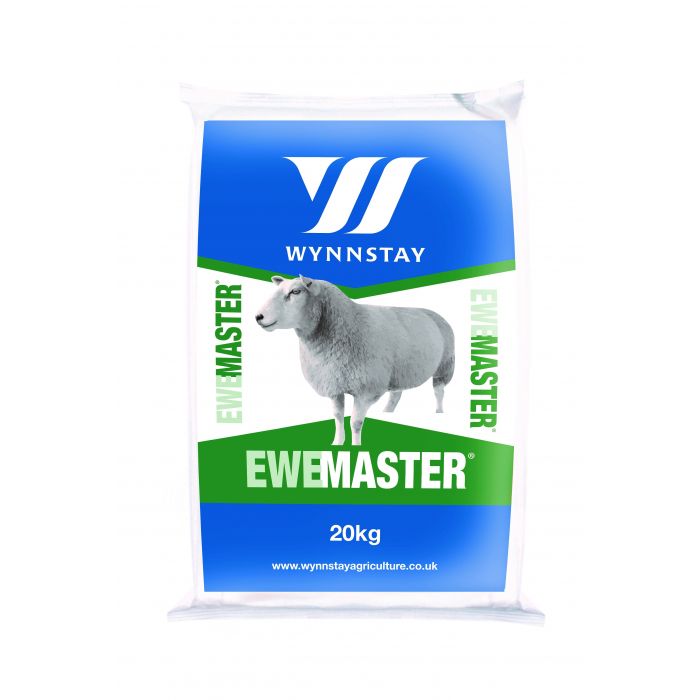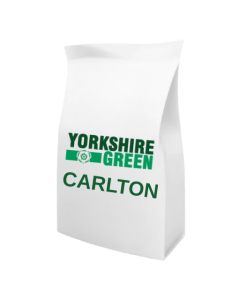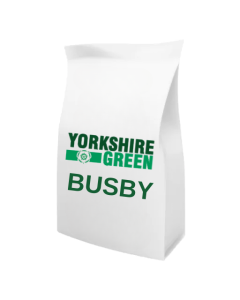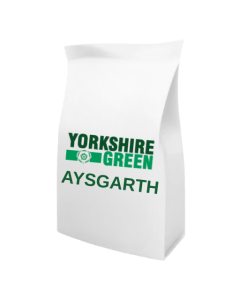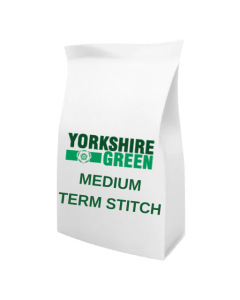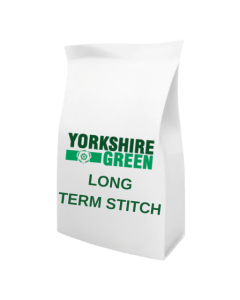Ewemaster Premium 18 Nuts 20kg
SKU
F0310008B
£9.66
£9.66
VAT FREE18% protein high energy ewe nut for feeding pre and post lambing
- Buy 24.001 for £9.34 £9.34 each and save 3%
- Buy 49.001 for £9.26 £9.26 each and save 4%
- Buy 149.001 for £8.96 £8.96 each and save 7%
- High levels of quality protein
- Optimum levels of magnesium, phosphorus and calcium
- A unique vitamin and trace element supplement
| Weight | 20.000000 |
|---|---|
| Brand | Wynnstay |
| Selling Unit of Measure | 20kg |
| Decimal Places Qtys | 4 |
Write Your Own Review

